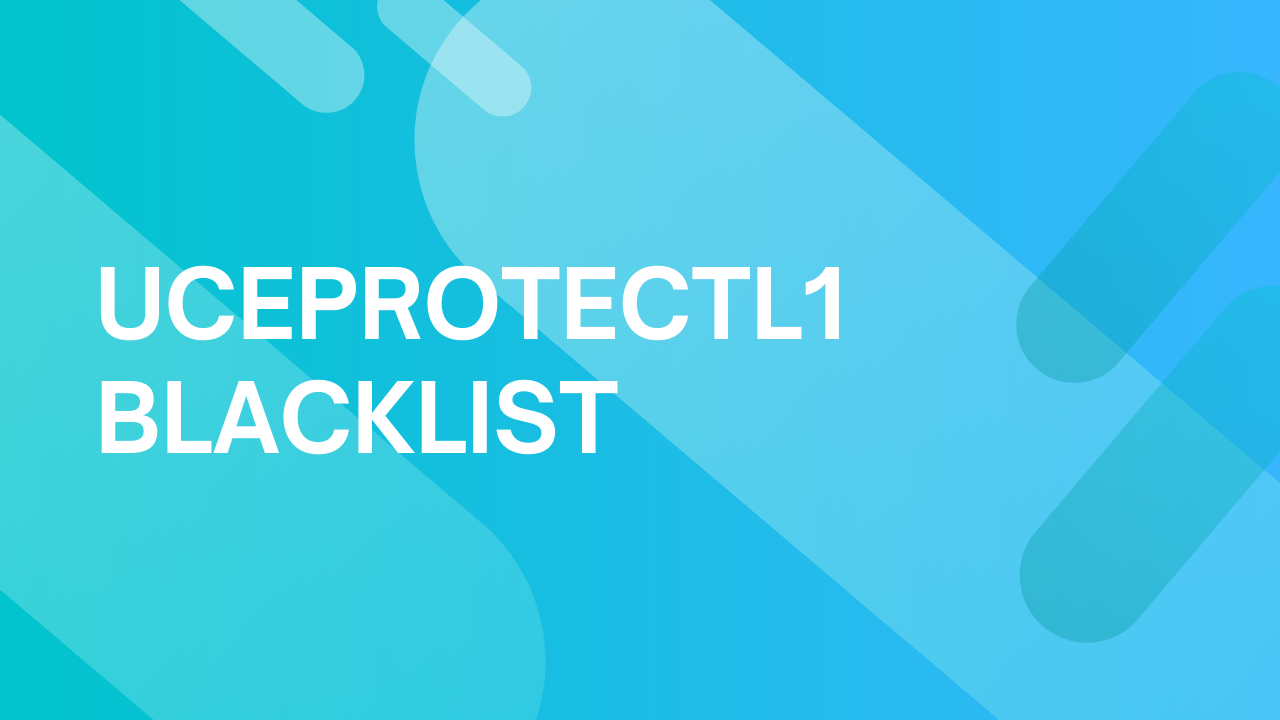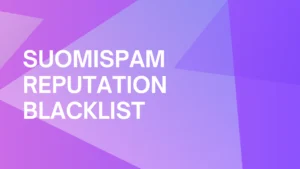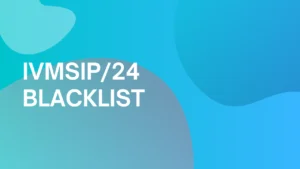
UCEPROTECTL1 Blacklist: What Is It and How To Remove Yourself From It?
The Uceprotectl1 Blacklist detects emails that have an open-relay on their servers or have a reverse-DNS problem that is causing you to be identified as spam.
What is a Uceprotectl1 Blacklist?
The Uceprotectl1 Blacklist detects emails that have an open-relay on their servers or have a reverse-DNS problem that is causing you to be identified as spam. It is a dynamic-based blacklist that maintains a list of many DHCP (Dynamic Host Configuration Protocol) ranges from Internet Service Providers.
The Uceprotectl1 Blacklist lists both single IP Addresses and entire ranges that are guilty of performing spam-like activity.
How Did I Get On The Uceprotectl1 Blacklist?
If you have recently sent out a high volume of UBE (unsolicited bulk email), you may have been reported as spam. As a result, you have been blacklisted. The Uceprotectl1 Blacklist used their spam filters and identified your mass emails as spam activity. If this was a mistake, take a 7 day break to be delisted.
How Can I Remove Myself From The Uceprotectl1 Blacklist?
The Uceprotectl1 Blacklist does not allow a user to manually request to be delisted. Instead, your IP Address will automatically expire in 7 days if there is no more detection of spam. If there is continuous spam activity, you will remain on the blacklist.
The Uceprotectl1 Blacklist also allows users to make donations to the organization to speed up the removal process. If you are innocent here, I would recommend checking your computer for a malware infections. A virus may have entered your network and sent spam on your behalf, causing your IP Address to land on the Uceprotectl1 Blacklist.
How do I reduce my risk of getting onto the Uceprotectl1 Blacklist?
The best way to avoid getting listed on a blacklist is to engage in proper email practices such as…
- Verify all email addresses before attempting outreach
- Avoid sending unnecessary emails
- Avoid the use of spam words within your email drafts
Keep your sending volume to a minimum (30-50 a day if your inbox has been warmed up with us for at least 30 days)
Related Terms:
- Dynamic Host Configuration Protocol: A network management protocol that is used to automatically assign IP Addresses to devices connected to a network.
- Malware: Viruses that are developed to attack your network and cause extensive damage while gaining your personal information.
- IP: An Internet Protocol address is a numerical label assigned to each device connected to a computer network that uses the Internet Protocol for communication. An IP address serves two main functions: host or network interface identification and location addressing.
- UCEPROTECTL2 Blacklist: A blacklist that includes IP addresses with poor reputations identified through spam traps monitoring online spam activities. It reports subnets, shared hosts, and spam sources, which can be single IPs or entire ranges. You can end up on this blacklist by simply opening a malware-infected email.



